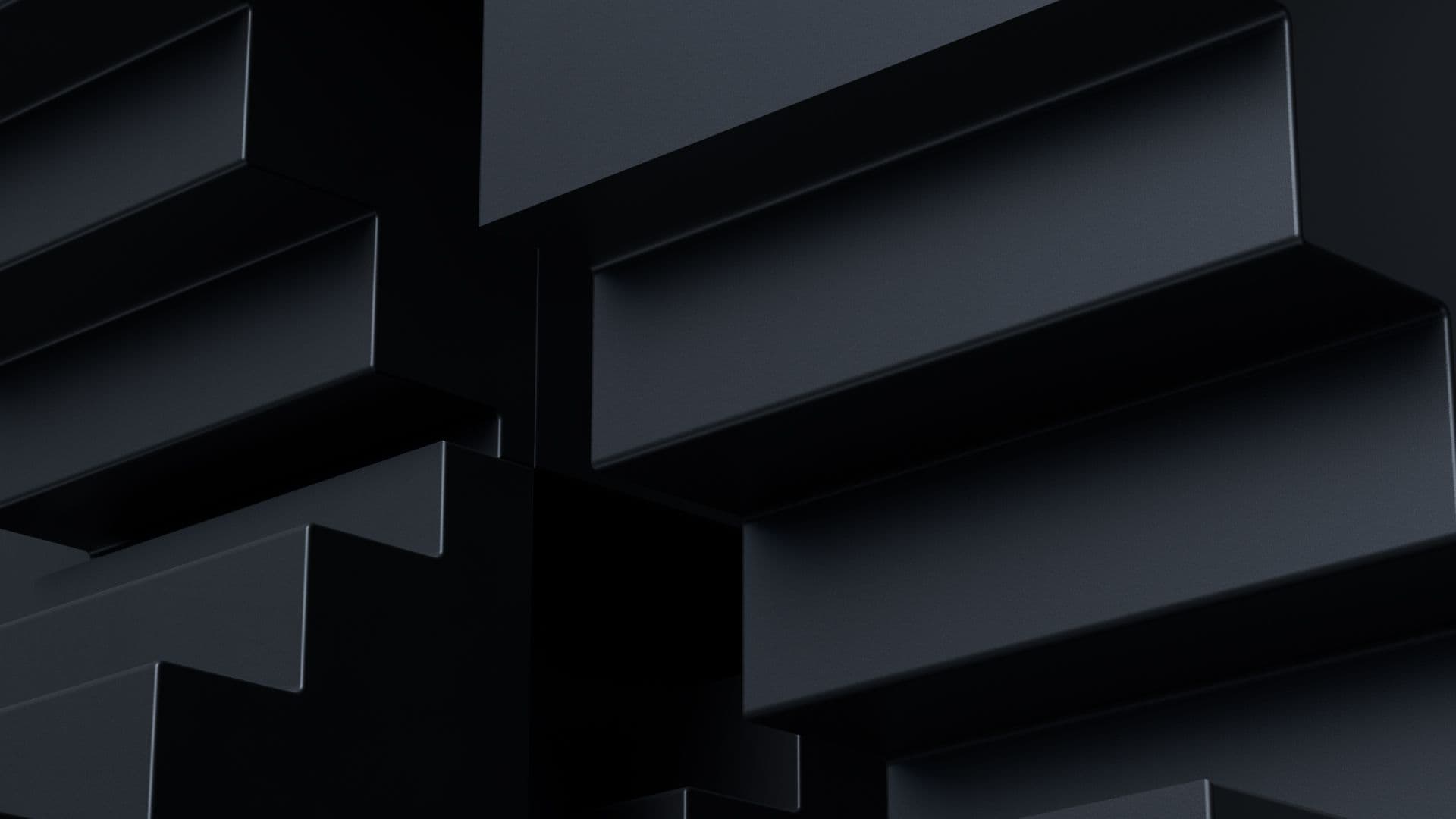“Unity”, logotipos Unity e outras marcas comerciais de Unity são marcas comerciais ou marcas comerciais registradas da Unity Technologies ou de suas afiliadas (mais informações aqui). Outros nomes e marcas são marcas comerciais de seus respectivos detentores.

